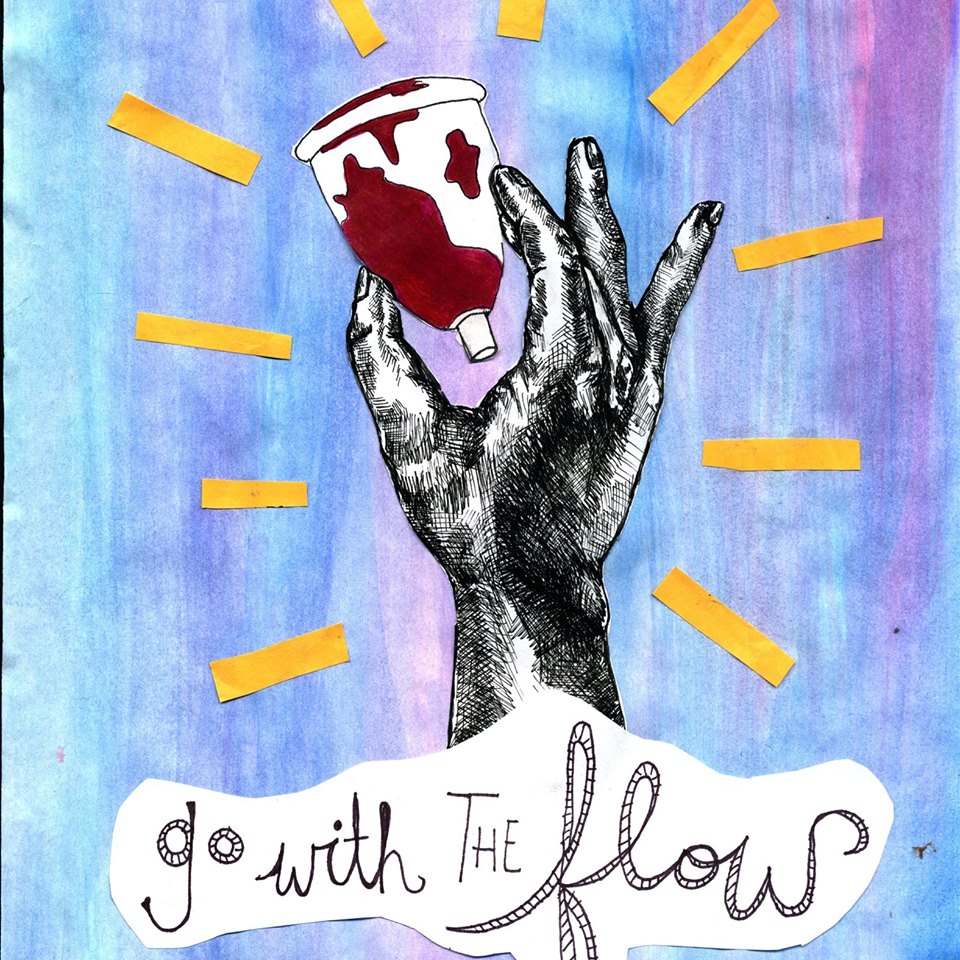When you first saw a menstrual cup, did you think “WTF is that?” – yeah, so did I. I liked the idea of minimizing my period’s environmental impact but I was not about to switch out my tried-and-true tampons for a strange (and slightly scary) plastic contraption that would have cost me $30. Luckily, I found some fellow students at Smith College who were able to assuage my fear of the plastic cup and make the option of a reusable period product affordable for me.
Smith College’s With the Flow, or WTF, is helping students take control of their menstrual impact on the environment and their bank accounts. The student-led campaign at Smith College – a small, liberal arts, all-women’s college in Western Massachusetts – provides students with affordable access to reusable period products.

A group of students with Smith Students for Reproductive Justice (SSRJ) created WTF during the 2017-2018 school year after applying to be part of a beta-program with Planned Parenthood Generation Action. As part of the program, the students received a $5,000 grant, access to trainings and conferences, and regular guidance.
With the grant money, WTF purchased menstrual cups and reusable pads in bulk and re-sold them to Smith students, or Smithies, and college students in the surrounding area. During the 2018 spring semester, you could find a WTF table in Smith’s Campus Center covered with menstrual cups, reusable pads, and (if you were lucky) baked goods for sale. All products were sold on a sliding scale from $0-$20 depending on what you could afford. In just 4 months, WTF sold over 300 products and helped 160 Smithies find a green and affordable alternative to cotton period products.
Nowadays, more and more people are switching to menstrual cups and reusable pads. While most cotton period products work for 4-6 hours, a menstrual cup can last up to 8 years. According to a Huffington Post article, the average menstruating person will consumer 9,120 tampons in their life (assuming that they menstruate for 38 years), spending upwards of $1,773.33 on period products. If that consumer used menstrual cups instead, they would need only purchase 5 cups at around 30 dollars each, coming to a lifelong total of $150 – that’s a difference of $1,623.33!
Reusable period products can also make a profound impact on one’s environmental footprint. In Flow: The Cultural Story of Menstruation, authors Elissa Stein and Susan Kim found that the average menstruating person throws away 250-300 pounds of tampons, pads, and wrappers in their lifetime. If you instead consume only 5 menstrual cups over the span of your life, you can work that number down to almost 0 pounds.
While I’ve always been interested in getting a menstrual cup for economic and environmental reasons, I found the whole process confusing and daunting. What size should I get? How will I know how to use it? What if it’s uncomfortable? What if it hurts? Seeing how a menstrual cup is close to $30.00 on Amazon, it felt a little too financially risky to order one online.
After some encouragement from my friends who were already using menstrual cups, I decided to visit the WTF table with my questions and curiosity. The student running the table was incredibly helpful and walked me through the entire process. They explained to me the different options for menstrual cups (which varied in size, shape, material, and color), showed me how to fold, insert, and remove the cup (with a very helpful diagram that they used to demonstrate on), and answered all of my questions. Their extensive knowledge of the product and the process of using a cup made me feel comfortable and confident in my purchase.
While the biggest thing holding me back from ordering a cup online was my general apprehension of the whole process, many people are deterred because they simply can’t afford to front $30 to buy a menstrual cup. WTF is able to get rid of this economic barrier by providing all of their products on a pay-what-you-can sliding scale, starting at $0.
WTF’s campaign breaks financial and gender barriers for menstruating Smithies. WTF has focused on not gendering any aspect of their campaign by talking about menstruation from an anatomical point of view and providing product color options beyond pink and purple. “We understand that not everyone who menstruates identifies as a woman,” said WTF’s campaign manager Isabel Fields. “[WTF is] really making sure that we are trying to meet every person where they are.”
With the help of continuing grant money from Planned Parenthood and growing support from the student body, WTF is geared up for the 2018-19 school year. Students hope that eventually, WTF will be a sustainable campaign embedded in Smith College’s Health Services. “Our reproductive health is incredibly important,” said Isabel, “and the school needs to take that as a priority.”
WTF recognizes that menstrual cups aren’t for everyone, be it because of religious reasons, health barriers, or just not being comfortable with the products. “We want to offer this option and educate people who might not have known about it, [including] people who … have wanted to try [a menstrual cup] but couldn’t afford it,” said Isabel. “We want to reach everyone that wants it.”
If you’re interested in learning more about the efforts of Smith College’s With The Flow, you can read their educational materials below or check out their Facebook page here.
Content and Artwork by Shelby Kim and Asia Littell.

